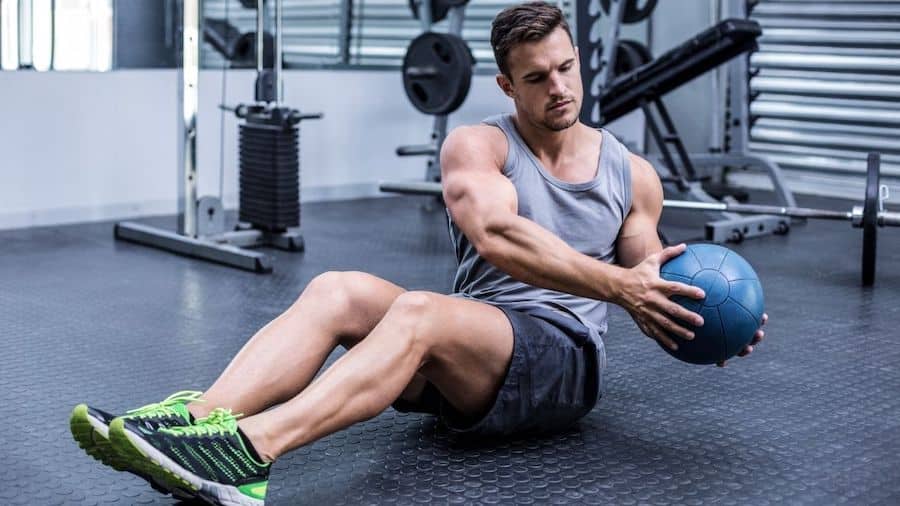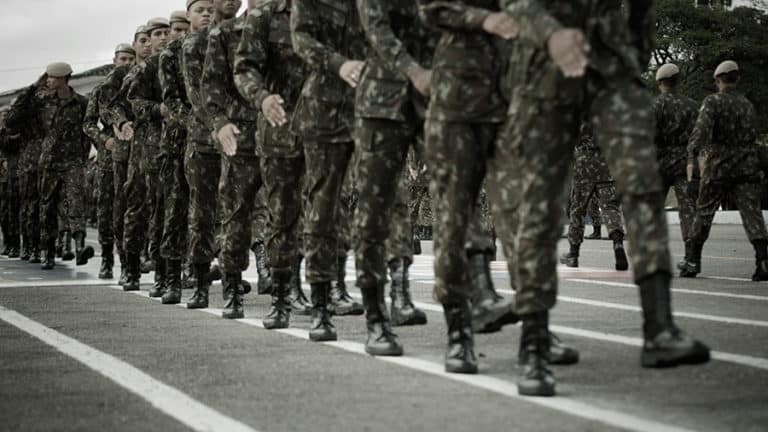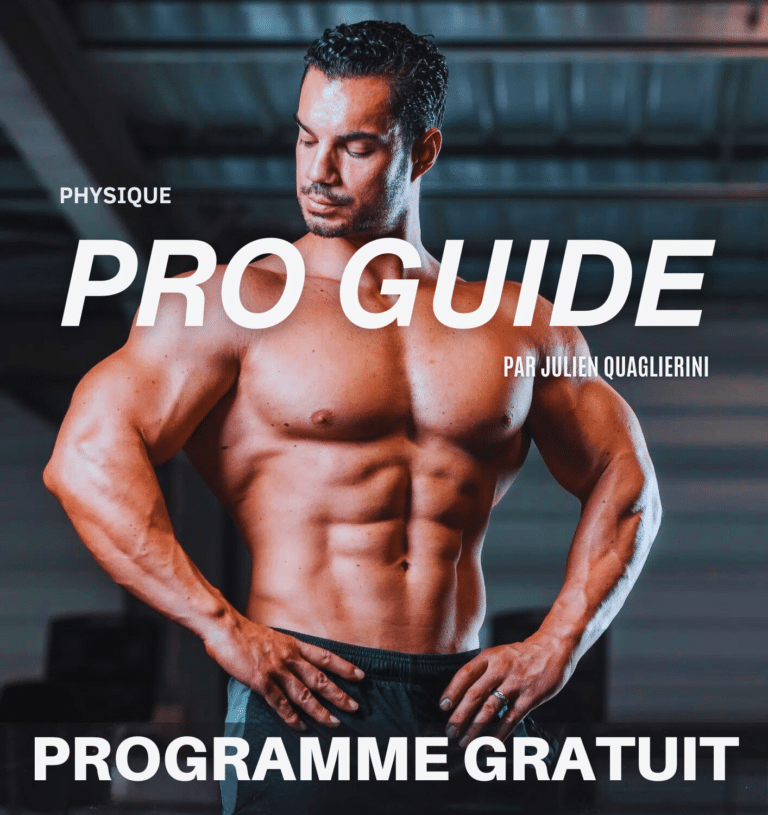How to do the russian twist?
Many bodybuilders and fitness enthusiasts prefer crunches or crunches to work the muscles of their abdominal strap. The exercise of the russian twist is an interesting alternative to these two basic movements in that it allows you to do abs by focusing on the contraction of the oblique muscles. But beware, as all strength exercisesThe russian twist must be perfectly executed in order not to injure yourself, especially in the back.
Contents
What is the russian twist?
The russian twist (which literally means "Russian rotations") is an exercise aimed at build up the abdominal musclesThis is mainly due to the external oblique muscles.
The russian twist can be done at body weight or with loads. Accessible to all, you can do it at home or in a gym, with or without fitness equipment. In a seated position, it consists in performing Bust rotations to strengthen the lateral muscles of the abdominal belt.
While it helps to tone the upper body, the Russian twist is not a magic exercise for lose belly and see the famous six-pack. Indeed, it is impossible to lose fat in a localized way, and love handles do not escape this fundamental rule.
To get chocolate bars, the recipe is simple. You will have to work out by opting for a weight-training program adapted, but above all adopt a healthy eating and balanced. Your different meals during the day should provide you with everything you need to build up your muscles, including a good macronutrient distribution (carbohydrates, proteins and lipids).
Do you want to slim down and get visible abs? A sports coach professional will be able to accompany you to achieve this goal.
Muscles involved in the russian twist
Like all muscle groups, the abdominal area is composed of several muscles. The abdomen can thus be divided into four parts:
- the great right,
- the transverse,
- the external oblique (or great oblique),
- the internal oblique (or small oblique).
When you do this russian twist exercise, it is the external oblique muscles that are targeted in priority. This lateral muscle is responsible for rotation of the trunk and pelvis. On a daily basis or when you practice a physical activity, theexternal oblique and the internal oblique are regularly involved. It is therefore essential to strengthen them.
In addition to the external obliques, you will also (to a lesser extent) train the great right of the abdomen and the lumbar muscles of the spine by performing russian twist.
How to do the russian twist correctly ?
If you wish to incorporate this exercise into your trainings You will need to make sure you are in the right posture. The starting position consists of sitting on the floor with the torso tilted backwards by about 45 degrees. The feet are usually slightly raised, but you can also place them on the floor.
Keeping your balance and your back straight, your goal will be to rotate your trunk to bring your hands and elbows to either side of your body.
Attention, for this exercise to be effective, you must control the movement and contract the abdominal muscles voluntarily. Your muscles should burn after only a few reps. The idea is not to do a lot of reps as fast as possible, but rather to make sure you are stable and ensure the quality of execution of each rotation.
After a warm-up, perform 3 to 4 sets of 10 repetitions (each repetition is equivalent to a round trip).
What are the variations of the russian twist?
If you like to change your workout from one session to the next, you should know that there are several variations of the russian twist.
As previously mentioned, the first one consists in performing the same movement with a weight disca kettlebell or a dumbbell in the hands. This will make the movement more intense and strengthen the upper body work. It is not useful to load yourself with several dozen kilos, at the risk of injuring yourself during the execution. Instead, opt for an increase in power over the course of sets and workouts.
Another possibility is to perform the exercise with your feet on the ground or not. If you are new to weight training or if you are not used to working your abdominal muscles, it is preferable to keep your feet on the ground while you master the posture. The stress on the back area will be less and you will avoid lower back pain.
However, never block your feet with any kind of support, as this could cause you to hurt.
You can also use a medicine ball with a partner placed in front of you. The movement remains the same, except that you will have to send the ball to your partner each time you redirect your chest forward and receive it back.

Finally, the cable twist is also a great way to build up your obliques. Using a resistance band attached to a support, the principle is identical to that of the russian twist since you will have to perform chest rotations. Standing with your shoulders facing the rubber band, hold it in both hands while stretching your arms, then use your oblique muscles to rotate your torso to align with your hips. Then return to the starting position. At weight roomThe cable twist exercise can also be performed with a pulley placed at the height of the pectorals.
In any case, if you feel pain in your lower back, it is best to stop the movement.
Conclusion
The russian twist exercise is excellent for strengthening the oblique muscles of your abdominal muscles. It also works the rectus abdominis and lumbar region to a lesser extent. Keep in mind, however, that this exercise alone will not allow you to have visible abs and a V-shaped silhouette. To achieve this goal, you will need to follow a training program that targets your different muscle groups and adopt an appropriate nutritional plan.
Additional articles :
Bodyweight training: Building muscle without equipment






